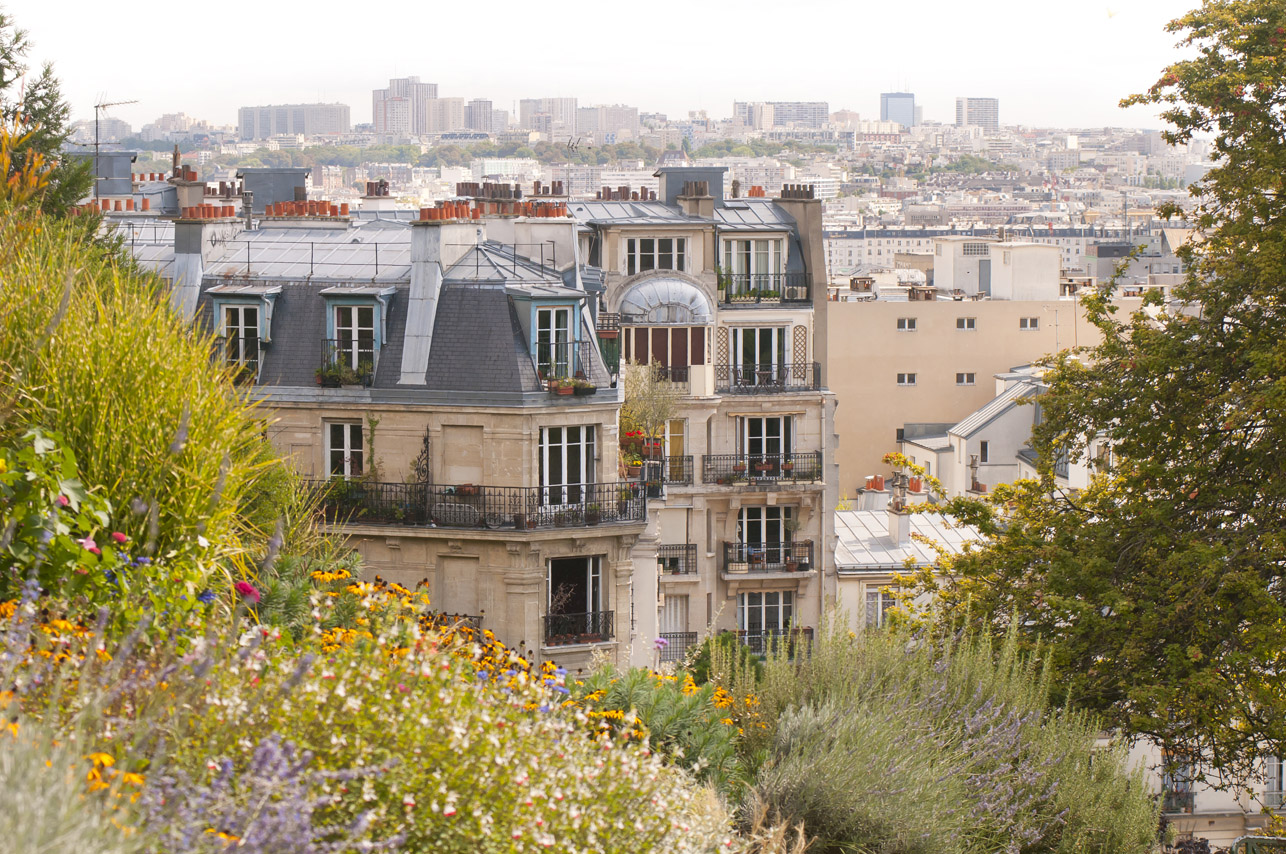The Countryside of Paris
Today, we’re far removed from the time when Balzac wandered the orchards of Montparnasse. The moment in history when the rue de la Gaité was a little country road, beyond the Maine gates, lined with dance halls, restaurants, and cabarets.
Where then is the Parisian countryside today? So much can be found if we look within the names of neighbourhoods and streets.
The word Grenelle means “small rabbit warren” and indicates a farming operation that was part of the Abbey of Sainte Geneviève. Divided into plots in 1823, it became common ground in 1830 then was annexed to Paris in 1859. Its last remaining farmer was Monsieur Frémicourt…
Another famous farm, that of Ternes, or rather “Esterne”, which was situated at the current location of… the Arc de Triomphe! This was land that was the furthest from Paris, thus “terra externa”. Lastly, that of Grange Batelière gave its name to a street and an imaginary lake (that exists only in the imagination of Gaston Leroux). Located in the neighbourhood of the Drouot mansion, it belonged to the canons of St Opportune.
Generally, large numbers of Parisians were owners of these lands outside the city gates. Thus, the “big stone” was a marker that served to delimit the property of the Abbey of St Germain des Prés. The name itself (pré = field/meadow) serves as a reminder that fields were everywhere. While Les Halles was established on a place called “Champeaux” (a field, in brief), rue Gracieuse was Albiac’s field, rue Saint Roman the field of Malouin, rue Jardinet the Little Field, avenue Bosquet the Field of the Virgin, rue Froidevaux Asile’s Field, boulevard de Port Royal Maillard’s Field. Finally, if the name rue des Panoyaux came from a vineyard “le pas noyau = pip passage”, the word “Batignolles” comes from “Batiolles”, the diminutive form of “Batel”, which is the part of the windmill that the flour falls into…

